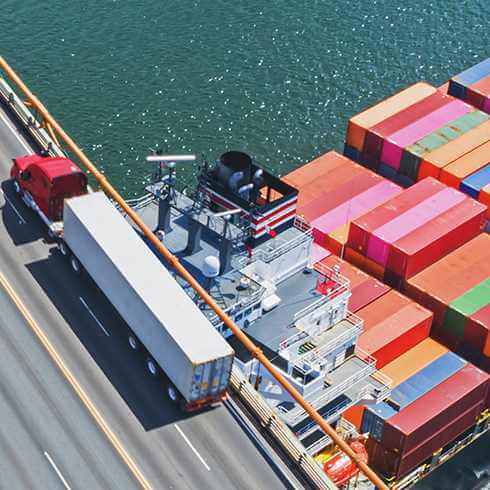In the Game of Inventory Optimization: It’s Your Move
Winning at the game of chess requires anticipating what your opponent will do next. The same is true for inventory optimization. But the stakes are much higher. And, instead of one formidable opponent, you have to keep your eye on multiple factors that are continually making moves that could change the rules of the game.
For example, the Trump administration’s proposed tax and trade policy changes could make it more (or less) attractive to make, store, and ship product to certain countries or regions. At the same time, the Amazon effect is changing customers’ expectations around service and delivery: Today, everybody wants their orders yesterday. Throw omni-channel fulfillment into the equation, and now your customers have more ways than ever to access your products—and you have more need than ever for efficient distribution processes.
In a lot of ways, these variables are what make supply chain management so intriguing. But they also make it critical to have a solid handle on your inventory. You need the agility to make your own moves, when necessary, to ensure you have the right products in the right places to cost-effectively serve your customers.
According to the recent supply chain readiness research we conducted with Aberdeen Group, many manufacturers are worried that their inventory planning and optimization capabilities may not be adequate to ensure success in such a dynamic environment.
5 Ways to Improve Inventory Planning and Optimization Now
So, what’s a manufacturer to do? Clearly, inventory optimization isn’t going to happen overnight. And, given the changes on the horizon, your strategy may need to flex in the coming months and years. That said, there are still several moves you can make in the short term to put your operations in a better position to win.
- Use inventory segmentation tools. These tools improve visibility into channel and customer issues. They let you model “what-if” scenarios and assess the impact of alternative solutions, so you can predict outcomes and mitigate risks. This improved visibility will put you in a position to respond more proactively to potential future events.
- Review your inventory model at least once per quarter. The Amazon effect means you have to ship direct to store or direct to customer with faster deliveries. At the same time, product lifecycles are shortening and product offerings are proliferating. All of this necessitates more frequent reviews so you can better respond to changes in customer demand.
- Use tools to assign inventory policy and SKU/location level. Technology and inventory optimization tools allow you to better align inventory to support the demand and fulfilment flows created by different channels. Rather than having one aggregated view by SKU, you can get much more granular. This can help you dramatically improve the positioning of inventory so you can serve customers better at a lower cost.
- Determine appropriate safety stock targets. Sometimes, a buffer stock isn’t necessary and it only ties up capital. Taking the time to truly define what your customers want and need, and understanding product mix, timing, and response time requirements by customer segment, will help you have the right inventory in the right location at critical nodes in your supply chain.
- Invest in the talent and skills needed to manage supply chain complexity. Today’s dynamic environment requires supply chain professionals with higher degrees of analytics, problem-solving, cross-functional planning, communication, and project management skills. Adding new qualified people or investing in training for your existing staff can help ensure you have the internal expertise to drive your inventory optimization strategy.
Effective inventory optimization requires time, tools, and talent. By taking steps toward improving your processes now, you will reap the rewards in more ways than one. With the right inventory in the right places, you’ll improve service levels as well as profitability. And you’ll be in a position to make the right moves to ensure you company’s success, no matter how the game changes.
Learn more about how to optimize inventory and get your supply chain ready for policy and market changes.





